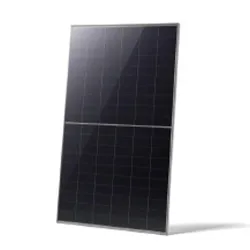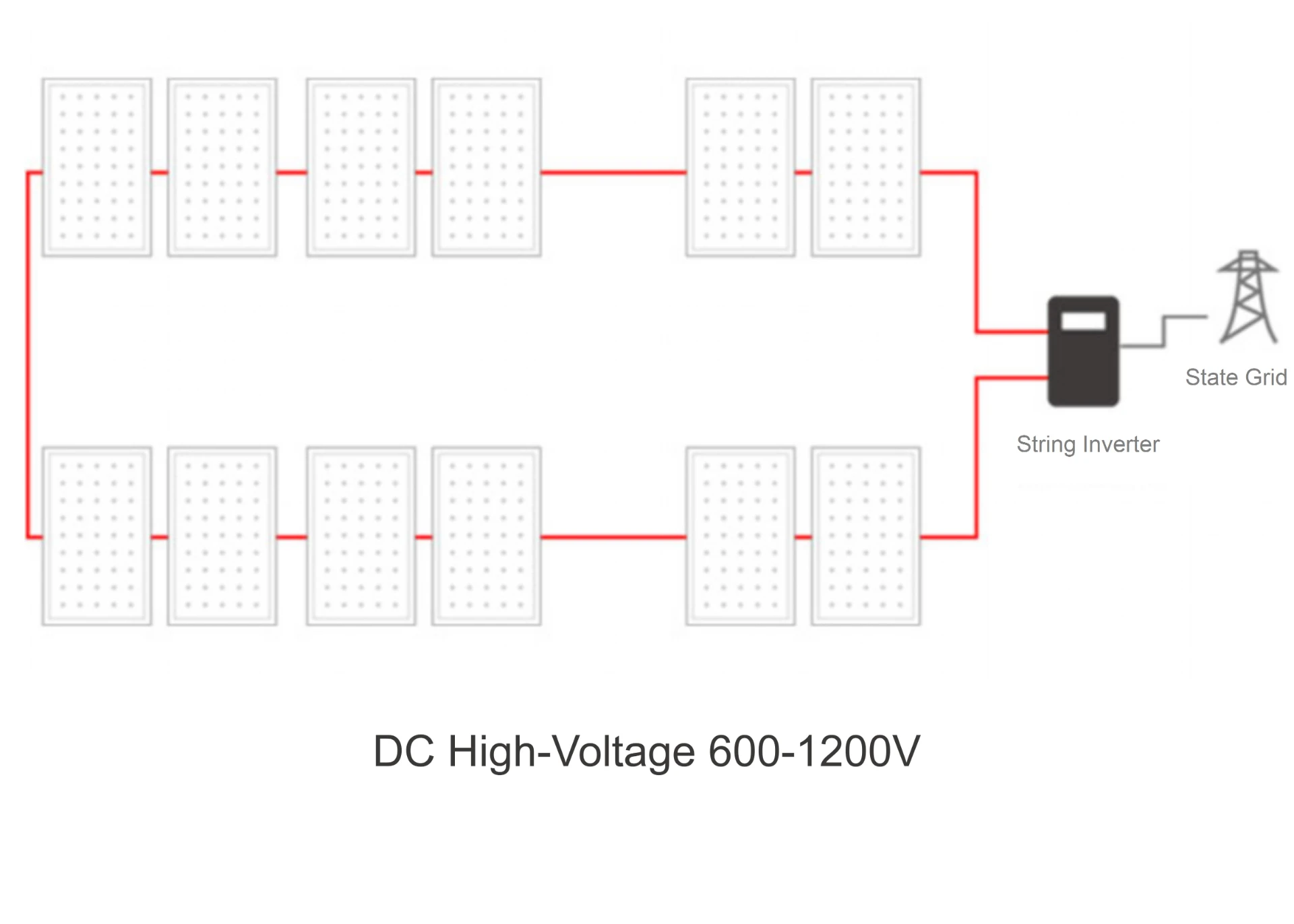Average Solar Panel Output Optimize Power, Size & 12V Efficiency
- Understanding Solar Panel Efficiency Metrics
- Technical Specifications of Modern Photovoltaic Systems
- Performance Comparison: Top 5 Solar Manufacturers
- Custom Solutions for Residential vs. Commercial Needs
- Case Study: Optimizing 12-Volt Systems for Off-Grid Use
- Installation Variables Affecting Energy Yield
- Future-Proofing Your Solar Investment

(average solar panel output)
What Determines Average Solar Panel Output?
Modern 60-cell residential panels typically produce 300-400 watts under standard test conditions (STC), with premium models reaching 420W. The average solar panel output
per square meter ranges between 150-200W, influenced by:
- Cell technology (monocrystalline vs. polycrystalline)
- Temperature coefficient (-0.3% to -0.5% per °C)
- 22-24% conversion efficiency for premium models
Technical Specifications of Modern Photovoltaic Systems
Residential systems average 6.6kW capacity using 20x330W panels, while commercial installations frequently exceed 100kW. Key specifications include:
| Parameter | Residential | Commercial |
|---|---|---|
| System Size | 5-10kW | 50-500kW |
| Daily Output | 22-40kWh | 200-2,000kWh |
| Roof Space | 30-50m² | 300-3,000m² |
Performance Comparison: Top 5 Solar Manufacturers
| Brand | Panel Output | Efficiency | Degradation Rate |
|---|---|---|---|
| SunPower | 420W | 22.8% | 0.25%/year |
| LG | 400W | 21.7% | 0.30%/year |
| Canadian Solar | 385W | 20.3% | 0.55%/year |
Custom Solutions for Residential vs. Commercial Needs
Residential 12-volt solar panel systems typically utilize:
- 100W panels (41.3" x 20.9") for RVs
- 300W bifacial panels for home rooftops
Commercial installations prefer 450W+ glass-glass panels with 30-year linear warranties.
Case Study: Optimizing 12-Volt Systems for Off-Grid Use
A 2kW off-grid system with six 340W panels achieved:
- 9.8kWh daily production
- 97% system efficiency using MPPT controllers
- $0.12/kWh operational cost
Installation Variables Affecting Energy Yield
Tilt angle optimization improves annual output by 15% in mid-latitudes. Critical factors include:
- 14° tilt minimum for self-cleaning
- 3-5% production loss per 10° deviance from optimal azimuth
Maximizing Average Solar Panel Output Over Time
Premium systems maintain 85-92% output after 25 years. Tier-1 manufacturers guarantee:
- 90% output at 10 years
- 82% output at 25 years
Annual cleaning and monitoring reduce performance losses by 3-7% annually.

(average solar panel output)
FAQS on average solar panel output
Q: What is the average solar panel output for a residential system?
A: The average solar panel output ranges between 250-400 watts per panel under optimal conditions. Residential systems typically use panels around 300-350 watts, producing 1-1.5 kWh daily per panel, depending on sunlight exposure.
Q: How does the average size of a solar panel system affect energy production?
A: A 5 kW system (average size for homes) generates 15-25 kWh daily, depending on location and panel efficiency. Larger systems with more panels proportionally increase output, offsetting higher energy demands.
Q: Can a 12-volt output solar panel power household appliances?
A: A single 12-volt solar panel (typically 50-200 watts) can charge batteries or run small devices like lights or phones. For larger appliances, multiple panels and an inverter are required to convert 12V DC to 120/240V AC.
Q: What factors influence the average solar panel output efficiency?
A: Key factors include sunlight intensity, panel angle, temperature, shading, and panel technology. Monocrystalline panels often achieve 18-22% efficiency, outperforming polycrystalline or thin-film alternatives.
Q: How many 12-volt solar panels are needed for a 3 kW system?
A: A 3 kW system requires about 10-12 panels (assuming 250-300 watts each). For 12V panels, a series-parallel wiring setup is needed to achieve the required voltage and amperage for battery storage or grid-tie use.
-
Unlocking Energy Freedom with the Off Grid Solar InverterNewsJun.06,2025
-
Unlock More Solar Power with a High-Efficiency Bifacial Solar PanelNewsJun.06,2025
-
Power Your Future with High-Efficiency Monocrystalline Solar PanelsNewsJun.06,2025
-
Next-Gen Solar Power Starts with Micro Solar InvertersNewsJun.06,2025
-
Harnessing Peak Efficiency with the On Grid Solar InverterNewsJun.06,2025
-
Discover Unmatched Efficiency with the Latest String Solar InverterNewsJun.06,2025







